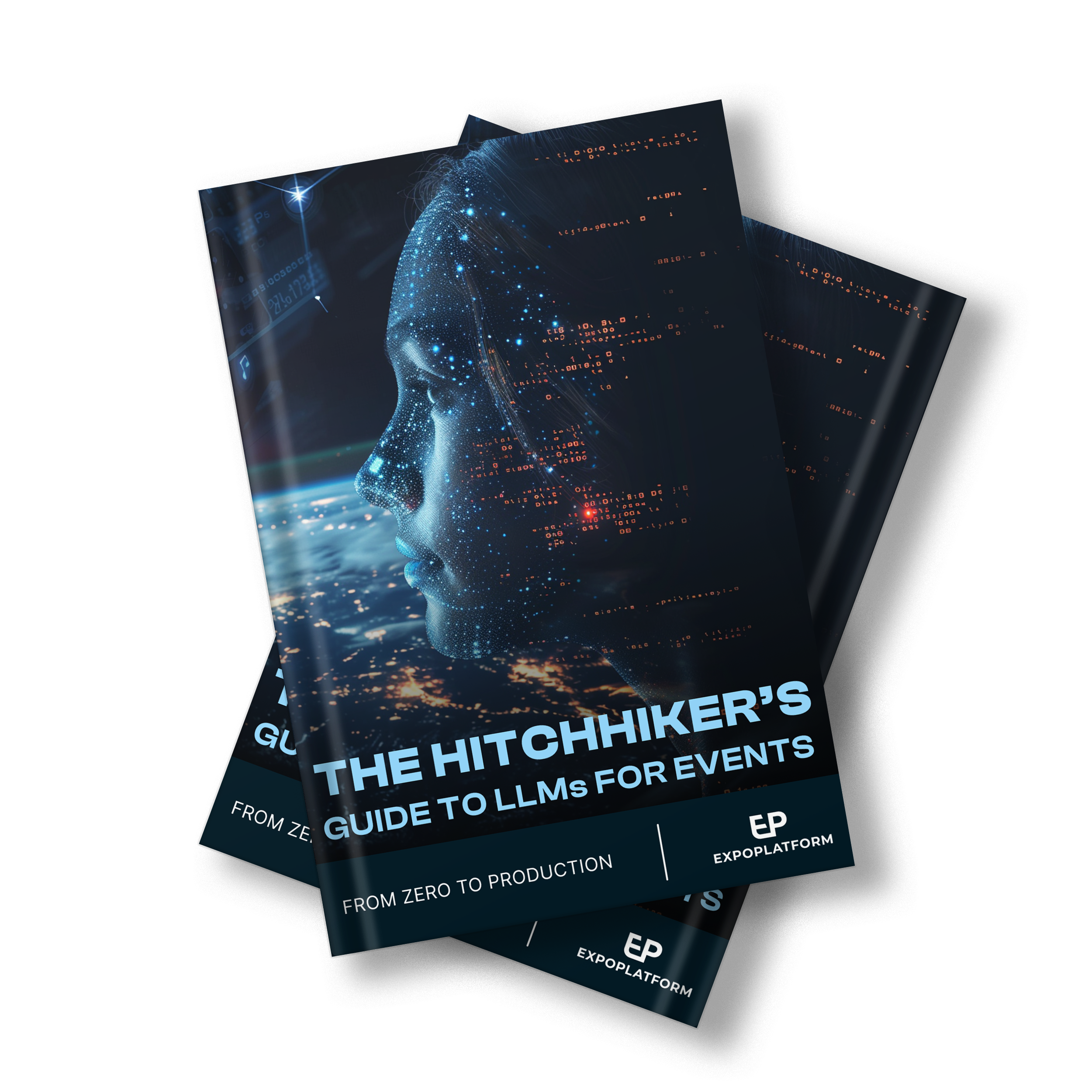
Hosted Buyer Programme: how to find the ideal buyer
Attracting the ideal target for your Hosted Buyer Programme requires a strategic approach.
You want to bring in those who are interested, engaged and committed to making a purchase.
This means that you must speak directly to the needs and desires of your target audience.
This article outlines the different factors you should consider to hone your buyer acquisition efforts.
Also check 👉 How to create a personalised concierge experience for your event
Getting the right buyers for your Hosted Buyer Programme – why is it important? 🤵
Buyers are not just numbers on a spreadsheet – they are real people with different needs and challenges.
Getting the right ones to your event helps maximise the value proposition of your Hosted Buyer Programme.
Here are some reasons why it’s crucial to find the ideal buyer:
1. Increased sales: Hosted Buyer Programmes are designed to facilitate business transactions between buyers and sellers. Attracting the ideal buyer increases the chances of closing sales and generating revenue for the exhibitors.
2. Improved ROI: Exhibitors usually invest a hefty sum to participate in tradeshows and exhibitions. It’s crucial to ensure the investment is worthwhile and leads to a positive ROI.
3. Higher customer satisfaction: An ideal buyer is more likely to be satisfied with the products and services offered in the programme. This leads to repeat business and positive word-of-mouth.
4. Enhanced networking opportunities: The ideal buyer is likely to be well-connected in their industry and can provide valuable networking opportunities for exhibitors. This creates more partnerships, collaborations and long-term business opportunities.
👁️ Also read: 15 hosted buyer best practices for event organisers
Let’s take a look at the key factors to attract the best buyers for your programme:
1. First party firmographic data 📊
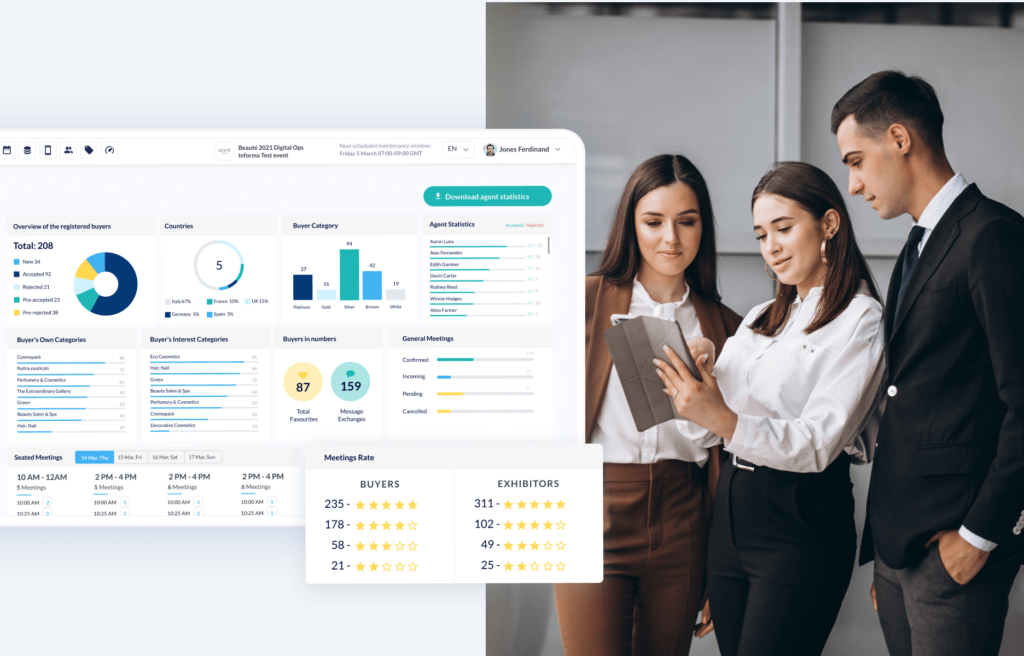
Firmographic data helps identify the right buyer fit for your programme. It includes:
- Industry size – determines the number of potential buyers that can be targeted. For example, if the programme is aimed at the healthcare industry, it is important to look at the major players in the market who you can reach out to.
- Job function – helps identify the specific roles and responsibilities of potential buyers. Different job functions may require different types of products or services, so it is important to tailor the programme to address various needs.
- Title/seniority is another key factor as it helps determine the level of decision-making power of potential buyers e.g. a senior executive would be more likely to make purchasing decisions than a junior staff member.
- Location helps organisers target buyers who are more likely to attend the event or the products and services on offer.
- Finally, tech used by potential buyers provides insights on how the programme can be customised to meet the needs of potential buyers and ensure the features on offer are aligned with their tech needs and infrastructure.
Read more 👉 Learn why Paul Miller, CEO of Questex, wants organisers to bring more hosted buyer experiences to tradeshows
2. First party segmentation data 🏢
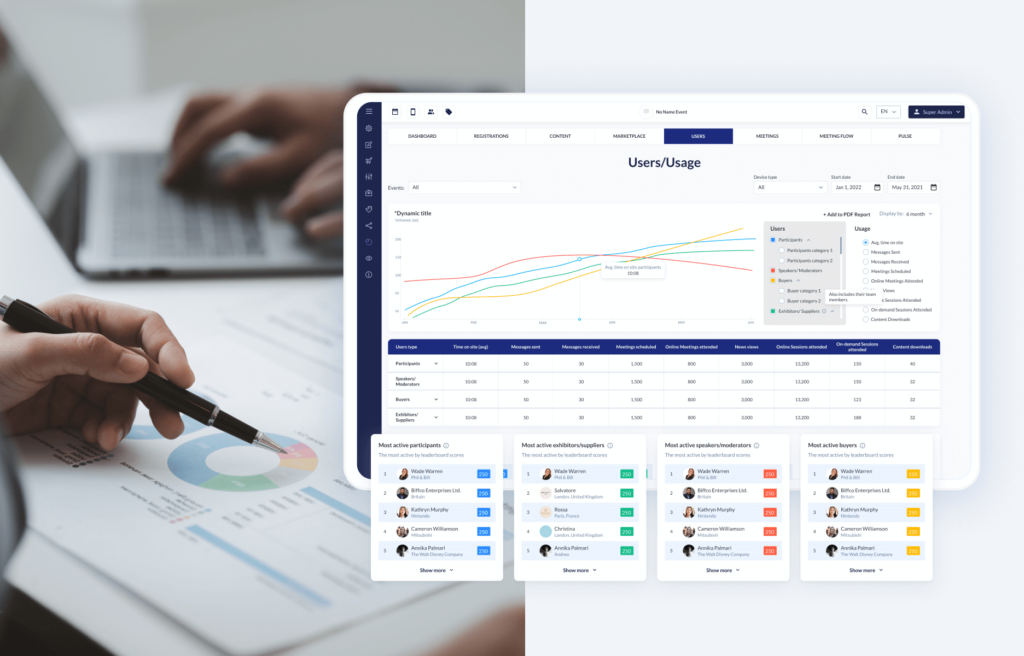
The buyer profile can be further segmented to find the best fit for the programme.
This data includes:
- Role in the buying process: Knowing the role of the buyer in the purchasing process allows you to better understand their decision-making power. You can then come up with personalised solutions that will address their pain points.
- Company size: Small businesses have different needs compared to medium or large enterprises. Understanding the specific pains and challenges these companies face helps you create the most effective solutions that lead to successful outcomes.
- Manufacturing type: Discrete and process manufacturing involve different products and services. Companies in these categories have distinct preferences when it comes to attending events. Segmenting buyers based on manufacturing type helps organisers tailor their marketing campaigns for the unique needs of each category.
3. First party intent data 💷
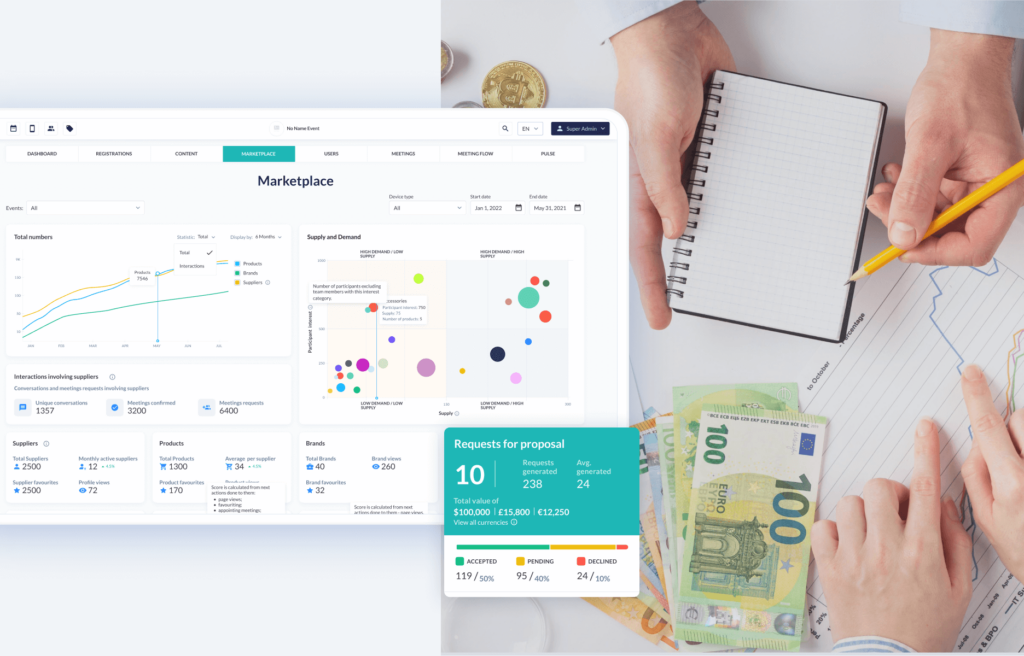
Intent data is another crucial factor in buyer acquisition.
Collecting data on the buyer’s intent helps organisers gain a solid understanding of the specific interests, budget and key areas of investment.
This information helps identify high-value targets and prioritises efforts to create more personalised solutions.
Here are the factors you should consider under this:
- Budget: Knowing the project budget allows organisers to tailor their offerings to the buyer’s financial capabilities. They can provide buyers with options that are within their budget range to attract them to the event. This information helps identify high-value opportunities and pursue them with relevant marketing information.
- Key areas of investment: Details about investments areas help organisers come up with relevant exhibitions or conferences that appeal more to the buyer. If the buyer is investing in a particular tech, organisers can attract exhibitors specialising in that technology to increase the chances of getting business deals.
- Infrastructure requirements such as integrations, data security and compliance are essential for buyers’ businesses. Organisers can ensure a secure and productive environment by providing a secure and compliant platform for buyers and vendors to network. Providing these requirements upfront attracts buyers who put security and compliance as top priority.
Additional reading ➡️ An in-depth Hosted Guyer guide to create more ROI-driven events
4. First party behavioural data 📩
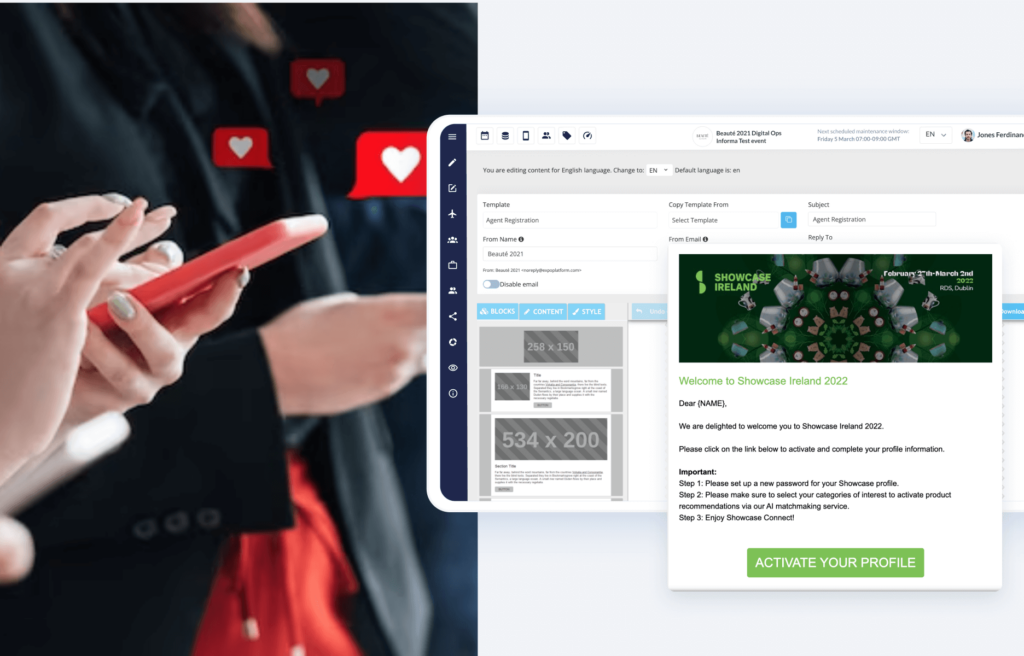
Understanding behavioural data provides useful insights into the preferences and interests of potential buyers.
Data can be collected and analysed from multiple sources, including owned media, content engagement, repeat visits, referrals, product views, subscriptions, communication engagement, comments, likes and shares .
This helps gain a better understanding of what matters to the buyers and how to best engage with them.
- Owned media such as your website or social media channels can provide valuable data on how visitors interact with your brand and content. By analysing metrics such as pageviews, bounce rates, and time spent on site, you can gain insights into what content is most popular and what areas of your site may need improvement.
- Content engagement metrics such as click-through rates, shares, and comments can help you understand how your audience is engaging with your content. This can help you create more effective marketing campaigns that better resonate with your target audience.
- Repeat visits and referrals are important indicators of the success of your Hosted Buyer Programme. By tracking the number of repeat visitors to your website or the number of referrals you receive from satisfied customers, you can gain valuable insights into the effectiveness of your programme and make adjustments to improve it.
- Product views and subscriptions are important metrics that can help you understand which products or services are most popular with your audience. By tracking these metrics, you can better tailor your programme to meet the needs of your target audience.
- Finally, communication engagement metrics such as likes, shares, and comments on social media can provide valuable insights into how your audience is responding to your messaging. By analysing these metrics, you can make adjustments to your communication strategy and better engage with your audience.
Case study 📚How ExpoPlatform helped facilitate hosted buyer connections at GITEX Global 2022
5. Desirability data 🧲
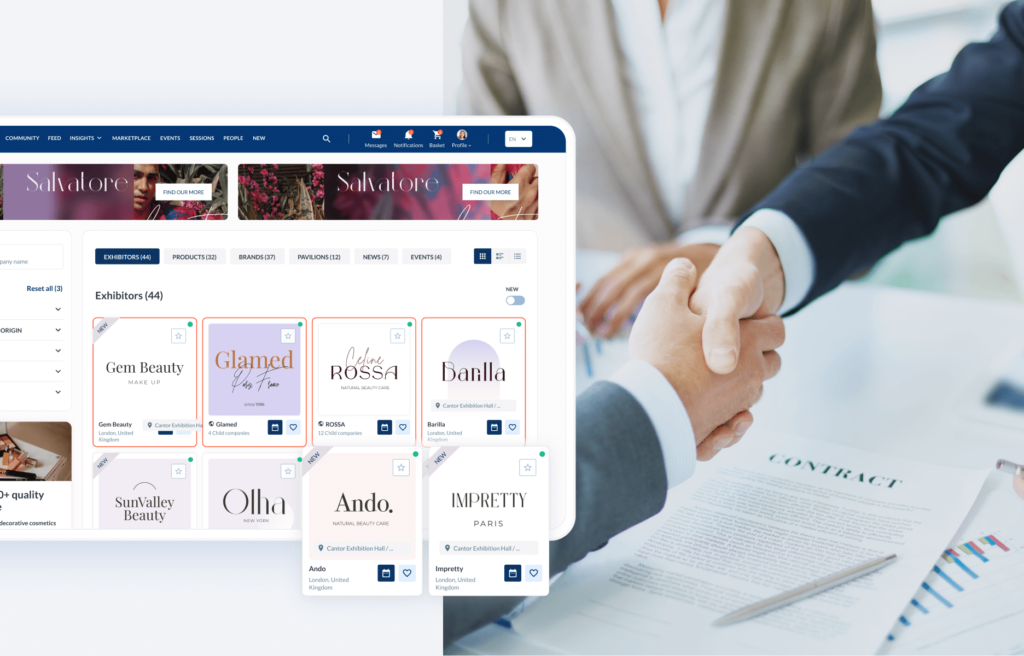
Desirability data is yet another key detail that can help you get the best buyers for your programme.
When using desirability data, it’s vital to focus on the number of sponsors who prioritise your program. The more sponsors that see your programme as an opportunity for growth, the higher the chances of attracting quality buyers.
Another crucial factor is lead score. By evaluating the lead score of potential buyers, you can better understand which prospects are most likely to convert. This information is valuable since it enables you to segment your audience and tailor your messaging to better meet their specific needs.
Conversion likelihood is an essential element of desirability data. By measuring the chances of converting a buyer, you can identify which prospects are worth pursuing and which may need further nurturing. This knowledge is critical to ensure you’re focusing on those buyers who are most likely to generate revenue for your organisation.
Example: Selection criteria of IMEX Frankfurt 2023

Download 👉 The complete Hosted Buyer Playbook to create next-gen curated meeting programmes.
We hope you enjoyed reading this article and found it useful. At ExpoPlatform, we want to help you build better events and communities. Please get in touch and ask for a demo here. Thank you.
There's more you might like

Transforming tradeshows: hosted buyer solutions
Hosted buyer programmes are curated meeting schedules that provide a premium networking experience to buyers and exhibitors. They are a massive boost for largescale tradeshows, helping to forge key connections and improve business opportunities. This article explains the value generated by these programmes using real-life examples of world-renowned tradeshows like IMEX and GITEX. Here’s what ...

Next gen event tech will ‘reveal the VIP buyers’ in the room
The next stage of event technology will allow participants to know which VIP attendees are in the room at an exhibition, according to a DWTC leader. Bilal Al-Rais, vice president of technology and digital cluster, told ExpoPlatform helping people understand who else is at the venue is one of the most important features they seek ...

Event tech helps ‘every step’ of hosted buyer programs
The right event tech platform can help with “every step” of creating high value hosted buyer programs, according to an industry leader. David Hidalgo, show director at IBTM Americas, places proof of value and data analysis as central to building good connections and convincing exhibitors to take part in tradeshows. Using event technology can streamline ...

